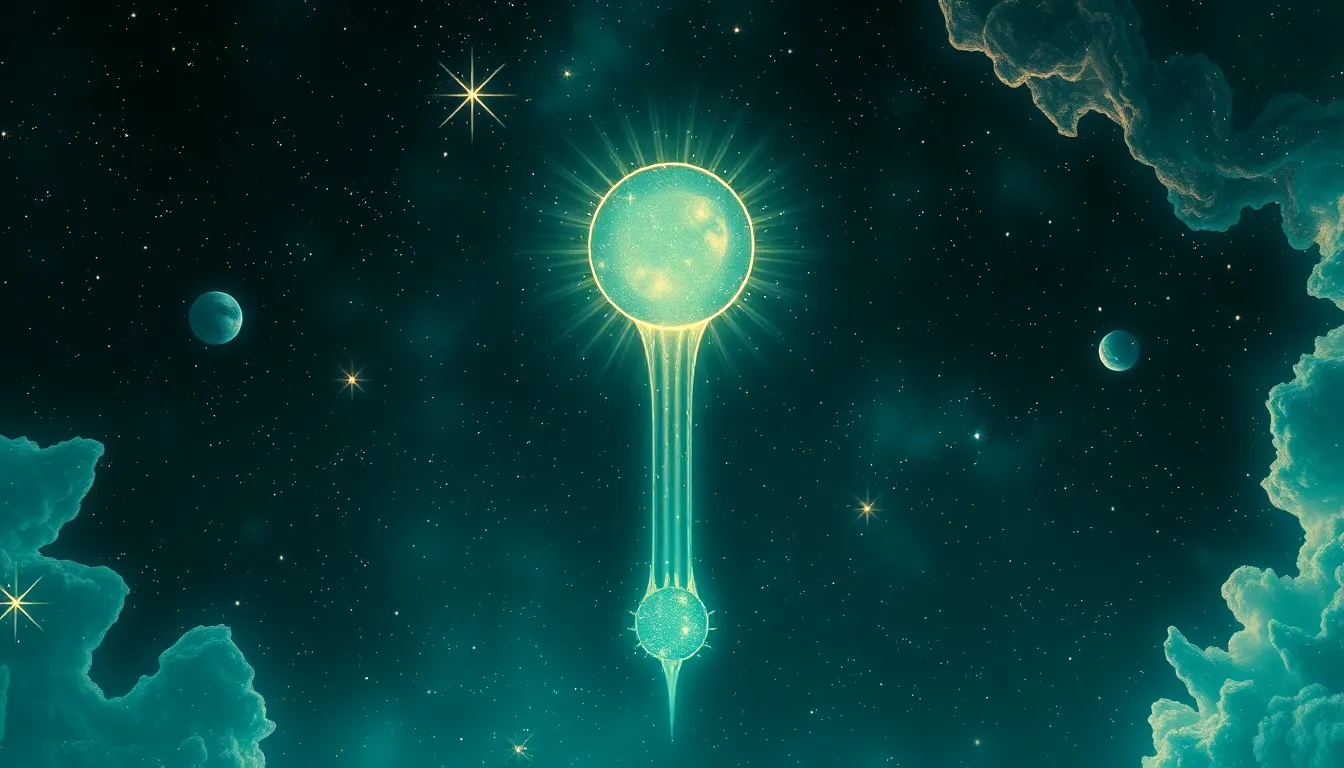The Mythical Path: Sacred Journeys Through Time
I. Introduction
Sacred journeys have long been a profound aspect of human experience, representing a quest for meaning, spirituality, and connection to the divine. These journeys often take on mythical dimensions, intertwining personal exploration with cultural significance.
The importance of mythical paths can be observed across various cultures, where they serve not only as physical routes but also as metaphors for life’s journey. This article will explore the historical context of sacred journeys, their mythological underpinnings, psychological significance, and their evolution in modern society.
II. Historical Context of Sacred Journeys
A. Ancient Civilizations and Their Sacred Routes
Throughout history, ancient civilizations have established routes that held sacred significance, serving as conduits for trade, religion, and cultural exchange.
- The Silk Road: This ancient trade route connected the East and West, facilitating not only the exchange of goods but also ideas, religions, and cultures, making it a sacred path of spiritual and economic significance.
- The Camino de Santiago: This pilgrimage route in Spain has drawn millions of pilgrims seeking spiritual renewal since the Middle Ages, symbolizing a journey towards faith and community.
B. The Role of Religion in Shaping Paths
Religion has played a pivotal role in shaping sacred journeys, with many paths designated for pilgrimages that reflect the beliefs and practices of various faiths.
- Pilgrimages in Christianity: Such as the Camino de Santiago and the pilgrimage to Jerusalem, where believers seek to connect with their faith.
- Pilgrimages in Islam: The Hajj, which is a mandatory religious duty for Muslims, involves a journey to Mecca, rich in spiritual significance.
- Pilgrimages in Buddhism: Journeys to sacred sites such as Bodh Gaya, where Buddha attained enlightenment, exemplify the spiritual quest.
III. Mythology and Sacred Journeys
A. The Intersection of Myth and Reality
The sacred journey is often steeped in mythology, where the lines between the real and the mythical blur, enriching the experience of those who embark on these paths.
B. Prominent Myths of Sacred Journeys
- Odysseus in Greek Mythology: His epic journey home after the Trojan War symbolizes the struggles and trials of personal growth and discovery.
- The Quest for the Holy Grail: This legendary quest represents the pursuit of spiritual enlightenment and the profound journey towards understanding one’s purpose.
IV. Psychological and Spiritual Significance
A. The Journey as a Metaphor for Personal Growth
Many view the physical act of journeying as a metaphor for the inner journey of self-discovery and personal development. This transformation often involves overcoming obstacles and challenges.
B. Rituals and Their Transformative Power
Rituals associated with sacred journeys can enhance the spiritual experience, offering participants a sense of belonging and connection to something greater than themselves.
C. Case Studies of Modern Pilgrims
Numerous individuals have embarked on sacred journeys in contemporary times, sharing their transformative experiences that highlight the ongoing relevance of these paths.
V. Sacred Landscapes and Their Meanings
A. The Role of Nature in Sacred Journeys
Nature often plays a crucial role in sacred journeys, with landscapes such as mountains, rivers, and specific sacred sites holding deep spiritual significance.
- Mountains: Often seen as a bridge between heaven and earth, mountains like Mount Everest and Mount Sinai are revered in various cultures.
- Rivers: Sacred rivers like the Ganges in India are considered purifying, attracting pilgrims who seek spiritual cleansing.
- Sacred Sites: Locations like Stonehenge and Machu Picchu are imbued with historical and spiritual significance, drawing visitors seeking connection to ancient cultures.
B. Cultural Significance of Specific Locations
- Stonehenge: This prehistoric monument in England is a site of astronomical and spiritual significance, often associated with pagan rituals.
- Machu Picchu: The Incan citadel in Peru not only represents architectural brilliance but is also considered a spiritual sanctuary.
- Mount Sinai: Revered in Judeo-Christian tradition as the mountain where Moses received the Ten Commandments.
VI. Modern Interpretations of Sacred Journeys
A. Contemporary Pilgrimages and Their Motivations
Today, people embark on sacred journeys for various reasons, including spiritual growth, personal reflection, and cultural exploration.
B. The Impact of Technology on Sacred Travel
Advancements in technology have dramatically changed the way individuals approach sacred journeys, from planning to sharing their experiences online.
C. Eco-tourism and Sustainable Sacred Journeys
With a growing awareness of environmental issues, many travelers seek eco-friendly and sustainable ways to engage with sacred landscapes, minimizing their impact on these fragile sites.
VII. Challenges and Controversies
A. Cultural Appropriation in Sacred Spaces
The commercialization and appropriation of sacred journeys can lead to tensions between tradition and modern interpretation, raising questions about respect and authenticity.
B. Preservation of Sacred Sites Amidst Modernization
As sacred sites face threats from urban development and tourism, preserving their integrity and spiritual significance becomes increasingly crucial.
C. The Commercialization of Sacred Journeys
The rise of commercialized experiences may dilute the spiritual essence of sacred journeys, challenging the balance between authentic pilgrimage and tourism.
VIII. Personal Narratives and Testimonials
A. Stories from Modern Pilgrims
Individuals’ stories of their sacred journeys often reveal deep insights and transformative experiences, showcasing the personal significance of these paths.
B. The Impact of Sacred Journeys on Individuals
Many pilgrims report profound changes in their perspectives and a deeper connection to their spirituality following their journeys.
C. Reflections on the Journey Experience
Reflecting on the journey experience can foster a greater understanding of oneself and one’s place in the world, encouraging ongoing exploration and discovery.
IX. Future of Sacred Journeys
A. Evolving Traditions and New Pathways
As cultures evolve, so too do their sacred journeys, creating new pathways and traditions that reflect contemporary spiritual needs.
B. The Role of Globalization in Sacred Travel
Globalization has facilitated cross-cultural exchanges, leading to new interpretations and adaptations of sacred journeys across different societies.
C. Predictions for the Next Generation of Sacred Journeys
As we look to the future, the next generation of sacred journeys may increasingly incorporate themes of sustainability, technology, and inclusivity, reflecting the diverse spiritual landscape of our world.
X. Conclusion
In summary, sacred journeys are rich with historical, cultural, and spiritual significance, reflecting the deep human yearning for connection and understanding. From ancient paths to contemporary pilgrimages, the allure of these mythical paths endures, inviting each of us to explore our own journeys.
As we navigate our lives, may we find the courage to embark on our own mythical paths, discovering the sacred in both the journey and the destination.




